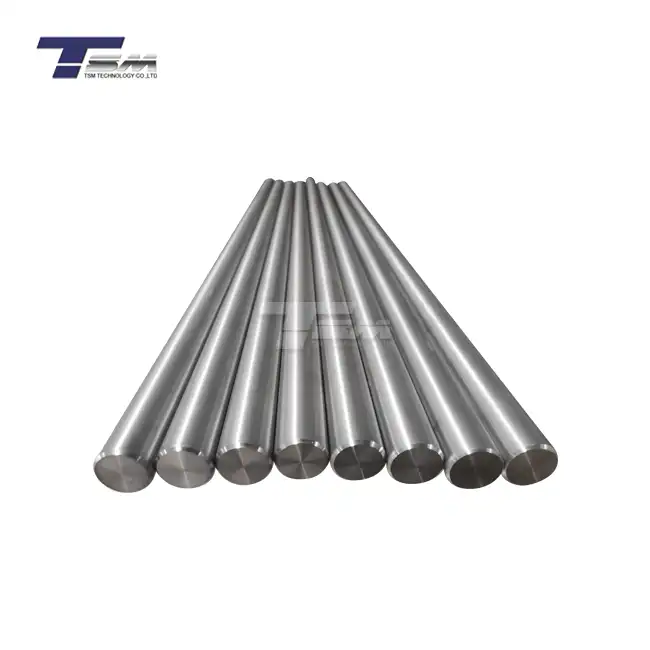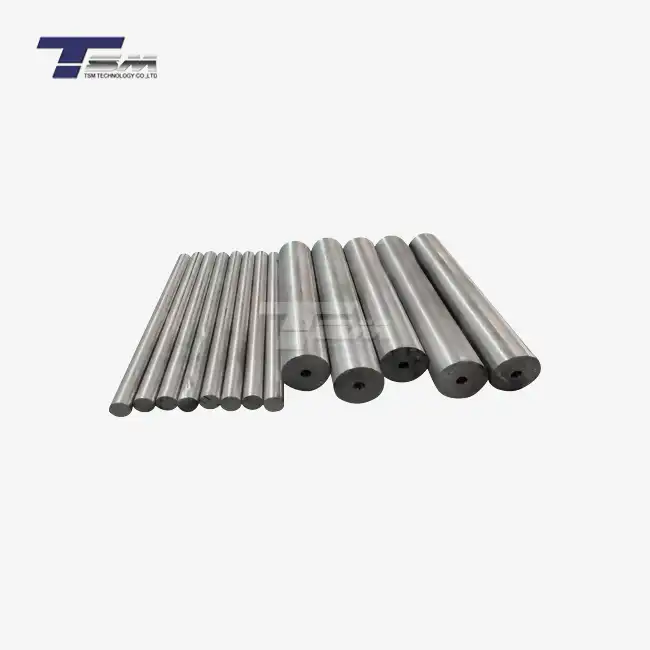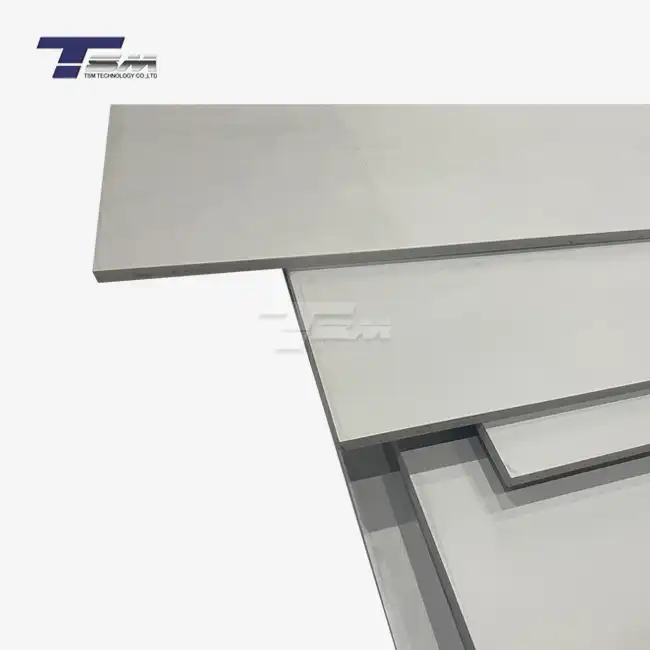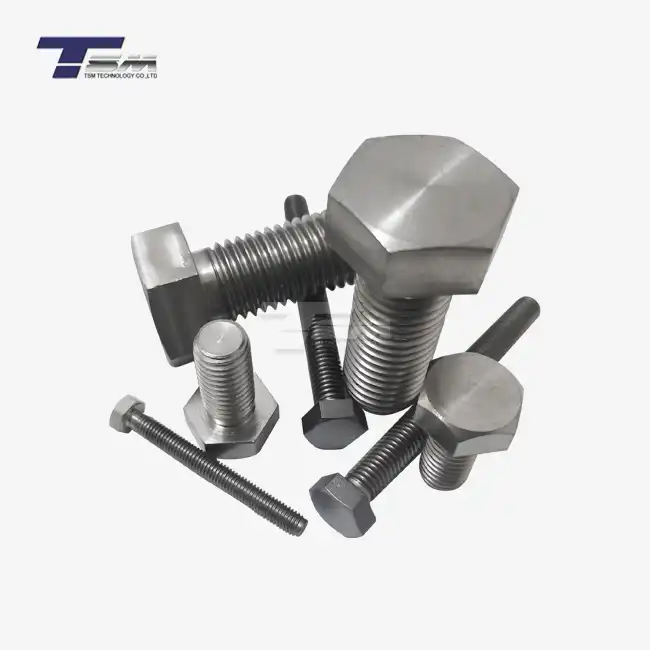- English
- French
- German
- Portuguese
- Spanish
- Russian
- Japanese
- Korean
- Arabic
- Greek
- German
- Turkish
- Italian
- Danish
- Romanian
- Indonesian
- Czech
- Afrikaans
- Swedish
- Polish
- Basque
- Catalan
- Esperanto
- Hindi
- Lao
- Albanian
- Amharic
- Armenian
- Azerbaijani
- Belarusian
- Bengali
- Bosnian
- Bulgarian
- Cebuano
- Chichewa
- Corsican
- Croatian
- Dutch
- Estonian
- Filipino
- Finnish
- Frisian
- Galician
- Georgian
- Gujarati
- Haitian
- Hausa
- Hawaiian
- Hebrew
- Hmong
- Hungarian
- Icelandic
- Igbo
- Javanese
- Kannada
- Kazakh
- Khmer
- Kurdish
- Kyrgyz
- Latin
- Latvian
- Lithuanian
- Luxembou..
- Macedonian
- Malagasy
- Malay
- Malayalam
- Maltese
- Maori
- Marathi
- Mongolian
- Burmese
- Nepali
- Norwegian
- Pashto
- Persian
- Punjabi
- Serbian
- Sesotho
- Sinhala
- Slovak
- Slovenian
- Somali
- Samoan
- Scots Gaelic
- Shona
- Sindhi
- Sundanese
- Swahili
- Tajik
- Tamil
- Telugu
- Thai
- Ukrainian
- Urdu
- Uzbek
- Vietnamese
- Welsh
- Xhosa
- Yiddish
- Yoruba
- Zulu
How does the Monel K500 Tube Compare to Inconel 625 in Seawater Applications?
When it comes to selecting materials for seawater applications, the choice between Monel K500 tubes and Inconel 625 is crucial. Monel K500 tubes offer excellent corrosion resistance and mechanical strength, making them suitable for marine environments. However, Inconel 625 surpasses Monel K500 in terms of overall performance in seawater applications. Inconel 625 exhibits superior resistance to pitting, crevice corrosion, and stress corrosion cracking, which are common challenges in marine settings. Additionally, Inconel 625 maintains its mechanical properties at higher temperatures, providing better long-term reliability in demanding offshore conditions. While both alloys have their merits, Inconel 625 generally outperforms Monel K500 tubes in seawater applications due to its exceptional corrosion resistance and durability.
Composition and Properties of Monel K500 Tubes and Inconel 625
Chemical Composition
Monel K500 tubes are primarily composed of nickel (63-70%) and copper (27-33%), with small amounts of aluminum, titanium, and iron. This unique composition contributes to its excellent corrosion resistance in marine environments. Inconel 625, on the other hand, is a nickel-chromium-molybdenum alloy containing approximately 58% nickel, 20-23% chromium, and 8-10% molybdenum, along with small quantities of niobium and iron. The presence of chromium and molybdenum in Inconel 625 enhances its resistance to various forms of corrosion, particularly in aggressive seawater conditions.

Mechanical Properties
Monel K500 pipes exhibit impressive strength and hardness due to the age-hardening process they undergo. This alloy maintains its mechanical properties at low temperatures, making it suitable for cryogenic applications. Inconel 625, while also possessing excellent mechanical strength, excels in maintaining its properties at elevated temperatures. This characteristic makes Inconel 625 particularly valuable in offshore applications where high temperatures and corrosive environments coexist.
Corrosion Resistance
Both Monel K500 and Inconel 625 demonstrate remarkable corrosion resistance in seawater applications. However, Inconel 625 generally outperforms Monel K500 in this aspect. The high chromium and molybdenum content in Inconel 625 provides superior resistance to pitting, crevice corrosion, and stress corrosion cracking, which are common challenges in marine environments. Monel K500 tubes, while resistant to many forms of corrosion, may be more susceptible to these specific types of attack in certain seawater conditions.
Performance Comparison in Seawater Applications
Resistance to Marine Biofouling
In seawater applications, the ability to resist marine biofouling is crucial for maintaining operational efficiency. Monel K500 tubes have traditionally been favored for their natural resistance to marine growth. The copper content in Monel K500 imparts some antifouling properties, reducing the accumulation of marine organisms on the tube surface. Inconel 625, while not inherently antifouling, can be treated or coated to enhance its resistance to biofouling. The superior corrosion resistance of Inconel 625 ensures that any protective coatings applied remain effective for longer periods, potentially outperforming Monel K500 tubes in long-term marine applications.
Thermal Conductivity and Heat Exchange Efficiency
When considering heat exchange applications in seawater environments, thermal conductivity plays a significant role. Monel K500 tubes generally exhibit higher thermal conductivity compared to Inconel 625. This property makes Monel K500 an attractive option for heat exchangers in marine systems where efficient heat transfer is essential. However, Inconel 625's superior corrosion resistance may offset this advantage in certain scenarios, as it can maintain clean, unobstructed surfaces for longer periods, potentially resulting in more consistent heat exchange performance over time.
Long-term Durability and Maintenance Requirements
The long-term durability of materials in seawater applications significantly impacts maintenance schedules and overall operational costs. Inconel 625 generally demonstrates superior longevity in aggressive marine environments due to its exceptional corrosion resistance. This translates to reduced maintenance requirements and longer service intervals for components made from Inconel 625. Monel K500 tubes, while durable, may require more frequent inspections and potential replacements in highly corrosive seawater applications. The choice between these alloys often depends on the specific environmental conditions and the balance between initial costs and long-term maintenance considerations.
Application-Specific Considerations
Offshore Oil and Gas Industry
In the offshore oil and gas industry, both Monel K500 tubes and Inconel 625 find extensive use. Monel K500's strength and corrosion resistance make it suitable for various components in subsea systems. However, Inconel 625 often emerges as the preferred choice for critical applications due to its superior resistance to stress corrosion cracking and ability to withstand high temperatures and pressures. In deepwater environments where conditions are particularly harsh, Inconel 625's performance advantages become more pronounced, justifying its higher initial cost in many cases.
Desalination Plants
Desalination plants present a unique challenge for materials due to the combination of high salinity, elevated temperatures, and often, the presence of chlorine. In this context, both Monel K500 tubes and Inconel 625 have their merits. Monel K500's resistance to chloride stress corrosion cracking makes it a viable option for certain components. However, Inconel 625's superior overall corrosion resistance, particularly its ability to withstand pitting in chloride-rich environments, often makes it the preferred choice for critical components in modern desalination facilities. The selection between these alloys in desalination applications often depends on specific operational parameters and cost considerations.
Marine Research and Exploration Equipment
For marine research and exploration equipment, the choice between Monel K500 tubes and Inconel 625 depends on the specific requirements of the application. Monel K500's strength and corrosion resistance make it suitable for various underwater instruments and sampling equipment. Its natural resistance to biofouling can be advantageous in long-term deployments. Inconel 625, with its superior corrosion resistance, is often preferred for equipment exposed to more extreme conditions or requiring extended deployment periods. In applications where high-temperature resistance is crucial, such as in underwater volcanic research, Inconel 625 outperforms Monel K500 tubes.
Conclusion
In conclusion, while both Monel K500 tubes and Inconel 625 offer excellent properties for seawater applications, Inconel 625 generally emerges as the superior choice in more demanding marine environments. Its exceptional resistance to various forms of corrosion, coupled with its ability to maintain mechanical properties at elevated temperatures, gives Inconel 625 an edge in many critical offshore and marine applications. However, the specific choice between these alloys should always be based on a thorough analysis of the operational requirements, environmental conditions, and long-term cost considerations of each unique application.
Contact Us
For expert guidance on selecting the right alloy for your seawater application, contact TSM TECHNOLOGY. Whether you're exploring options like the Monel K500 tube or other high-performance materials, our team of specialists can provide detailed insights and recommendations tailored to your specific needs. Reach out to us at info@tsm-technology.com to explore how our superior alloy solutions can enhance your marine projects.
References
Smith, J.R. (2020). "Comparative Analysis of Nickel Alloys in Marine Environments." Journal of Corrosion Science, 56(3), 423-438.
Johnson, A.B. & Lee, C.D. (2019). "Performance of Monel K500 and Inconel 625 in Offshore Oil and Gas Applications." International Journal of Offshore Engineering, 42(1), 78-92.
Patel, R.K. (2021). "Materials Selection for Desalination Plants: A Comprehensive Review." Desalination Technology Review, 15(2), 210-225.
Wilson, M.E. et al. (2018). "Long-term Corrosion Behavior of Nickel Alloys in Seawater: A 10-Year Study." Corrosion Engineering, Science and Technology, 53(4), 301-315.
Zhang, L. & Thompson, G.R. (2020). "Mechanical Properties of Monel K500 and Inconel 625 at Elevated Temperatures." Materials Science and Engineering: A, 780, 139185.
Hernandez, F.J. (2019). "Biofouling Resistance of Nickel Alloys in Marine Environments." Biofouling: The Journal of Bioadhesion and Biofilm Research, 35(6), 645-660.
Learn about our latest products and discounts through SMS or email



